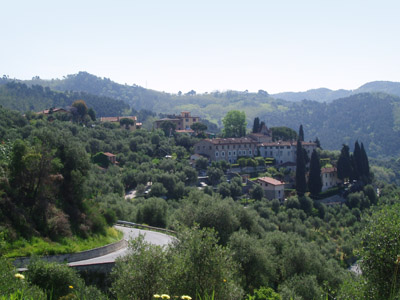
The olive and the hills
The Tuscan landscape, and the hills around Lucca In particular, is identified to a large extent by the presence of the olive tree.
Thousands of the years olde, these dignified trees with their generous foliage of silvery leaves that flutter in the slightest breeze, provide a pleasant contrast with the briallant greens of the mown terraces in the springtime, or with the dry, yellowish grass in the summer.
The characteristic contortions and irregularities given by yearly pruning the “topponature” and cleaning, give their grey trunks unpredictable shapes and forms.
The various operations that are regularly carried out, change, imperceptibly renew and perpetuate the value of human intervetion and at times the tree is given a form and appearance that is statuesque.
The olive has always been a symbol of peace and the fertility of the earth; it is an axample of the deep bond between man and the natural world, it is a sign of vitality and renewal. Its cultivation represents on of the major resources of the tuscan country and, together with the typical terraced slopes, it is a characteristic of the entire hill area.
It is said that the Greeks brought the olive to these slopes with their scant coverage of “humus”, but its wide diffusion is mainly linked to the hillside’s considerable transformation at the hands of Lucchese merchants. Investiments and the spread of cultivations continued until the beginning of the 20th century, but there has been a recovery in recent years and, as mentioned above, new interests.




